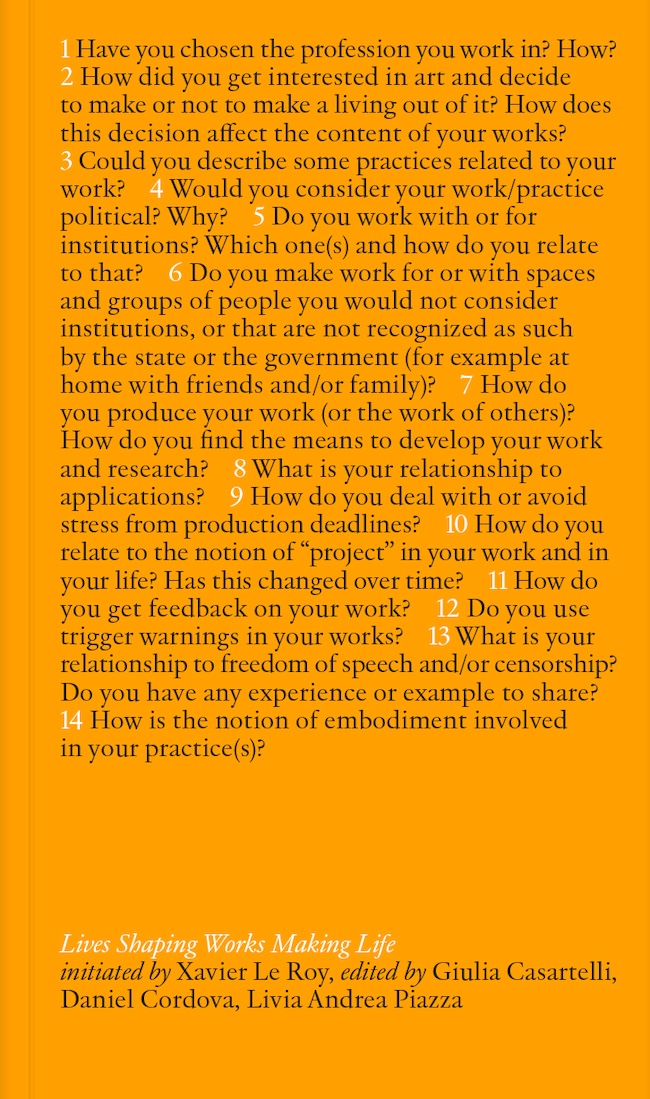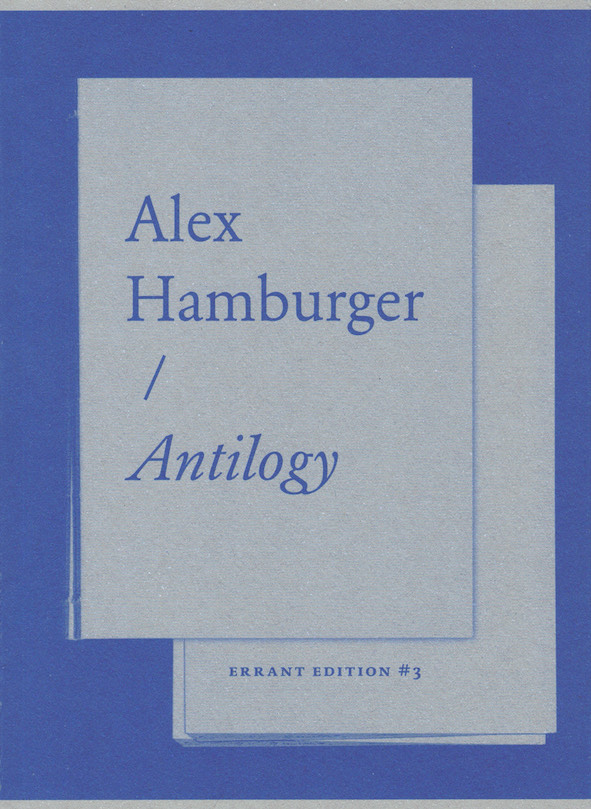
A Live Gathering: Performance and Politics in Contemporary Europe
Livia Andrea Piazza ed. , Ana Vujanović ed.
The main question we raise with this book is how performance can be political in present day European representative democracy, a system which no longer draws on the live gathering of people. Several leading European (mostly female) thinkers analyse artistic practices that have emerged alongside new social movements – such as Solidarity in Greece or Municipalism in Spain – investigating how theatre, dance and performance respond to the new political insights and experiments. It is a context wherein the previously well-known tactics and tools, such as participation, identity politics or spontaneous usage of public space don’t suffice. Thus we must build and learn a new vocabulary of politicality of performance that includes opaque words such as ‘innervation’, ‘preenactment’, ‘prefiguration’ or ‘recreation’.
Part I : What is people’s gathering to democracy?
Part II : The new politicality of performance: the time of gathering, (re)creative labour and the domestic
Part III : Radiation Patterns of Performance
Contributors: Isabell Lorey, Bojana Cvejić, Bojana Kunst, Stina Nyberg, Ana Vujanovic, Giulia Palladini, Livia Andrea Piazza, Valeria Graziano, Florian Malzacher, Goran Sergej Pristaš, Silvia Bottiroli






